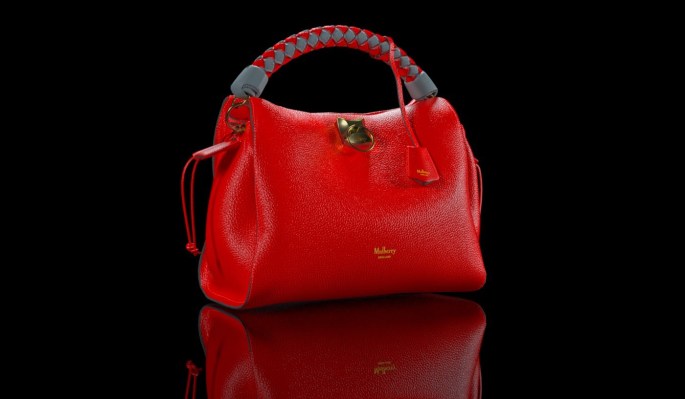As countries around the world face prolonged lockdown to prevent the further spread of COVID-19, retailers are among the hardest hit. Many have closed all their brick-and-mortar stores, resulting in furloughing of many employees.
The U.S. Census Bureau reported that retail sales during March 2020 were down 8.7%, the biggest monthly drop ever recorded since the Great Recession. Of the hardest-hit categories, clothing store sales were down 50.5% from February, furniture store sales were down 26.8% and luxury goods are expected to fall 31%.
Before COVID-19, physical retail was already decimated by e-commerce behemoths like Amazon, but now the sector’s fate seems sealed by the ever-increasing threat of the pandemic. A so-called retail apocalypse may seem inevitable, but in these challenging times, it is more important than ever to look at how technology can turn the tide.
How AR will transform retail in the next decade
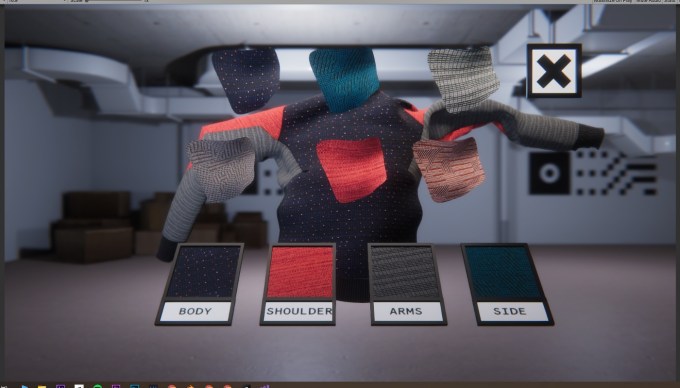
Image Credits: MX-R (opens in a new window)
Imagine a future where consumers can virtually try on clothes that would fit them perfectly and they can purchase items confidently in the comfort of their own homes. Consumers will no longer need to choose different sizes because computer vision and scanning technologies would have already determined their perfect fit. These virtual clothes will also look so real that consumers will not be able to distinguish them from reality. Spoiler alert: This future is already here.
Virtual try-on is one of the most compelling use cases of augmented reality technology (AR), which arms consumers with the information they need to confidently make purchase decisions that will not likely result in returns for retailers. Retailers also can gain new insights into consumers’ buying patterns by tracking gazes, view history and time spent looking at a particular product. Retailers can even make the AR shopping experience more personalized by providing real-time feedback.
With more than two billion AR-enabled devices today and 100 million consumers expected to shop with AR this year, the technology is prime for adoption. Here are some examples of how the world’s leading retail brands are using AR to increase conversion, increase sales and decrease returns.
Try before you buy (virtually)
Computer vision, AI and AR technologies are essential for virtual try-on applications to work seamlessly. When combined, our devices will see and understand the world as we do.
In Warby Parker’s case, it used the iPhone’s face-mapping technology to let consumers virtually try on glasses and browse through frames easily. Each pair of virtual glasses automatically fit the user’s face, even when they move or tilt their head.
Gucci, on the other hand, partnered with Wanna Kicks, an AR application that uses computer vision and AI to let shoppers virtually try on its line of Ace sneakers.
All shoppers had to do was point their smartphone cameras at their feet and virtual sneakers magically snapped onto their feet. Because the app recognizes the feet and tracks their movement, a customer can view the virtual sneakers from any angle. In this case, augmented reality takes the guesswork out of style matching and saves a trip to a physical store.
In the cosmetic world, L’Oréal has acquired Modiface to help consumers visualize makeup and hairstyles in real time.
Modiface uses advanced computer vision, face mapping and AI technology to perform scientifically validated skin assessment and simulation, photo-realistic makeup simulation with dynamic lighting adaption and photo-realistic hair color and style simulation. These features increase online shoppers’ buying confidence, increase product satisfaction and reduce return rates.
3D realism makes AR believable
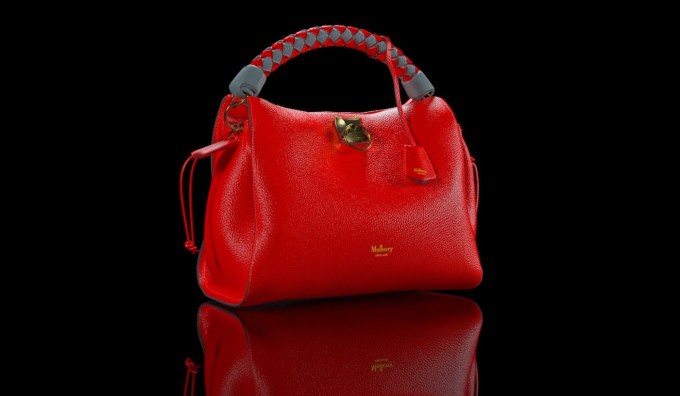
Image Credits: M-XR
In the luxury sector, AR needs to showcase the craftsmanship of the product as accurately as possible. Mulberry expected nothing less of the best possible AR experience, so it commissioned M-XR to create photo-realistic and AR-optimized 3D models of its latest luxury handbag, the Iris.
M-XR is an innovative startup developing proprietary technology that captures exact 3D replicas of objects and environments at scale. Its scanning system can accurately measure real-world materials and produce photo-realistic rendering of real-world objects.
Getting the material right is key to photo-realism because materials use an array of textures to describe how each object reacts to light. This type of photo-realism makes AR experiences so much more believable, and, as a result, Mulberry is able to showcase its new product virtually and impress customers at special launch events in Tokyo, New York and London.
“High-quality AR experiences pose a perfect solution to keep customers engaged during these difficult times. Augmented reality bridges the gap between the real-world and the digital world, and gives brands the opportunity to explore conversational commerce through compelling storytelling. If brands aren’t exploring augmented reality activations now, then they might miss a huge opportunity.” — Ryan Howell, Co-founder & CEO of M-XR
On the car showroom floor, BMW and Accenture are some of the first innovators to develop photo-realistic, life-size, extremely detailed car models with which buyers can interact. Using the iVisualiser app, the consumer can customize the virtual version of their car, save their preferences and send them to a local dealership to buy the car.
“In today’s world, customer expectations are rapidly evolving. They increasingly want to be able to be immersed in a shopping environment, configure and try-on products, and collaborate with others while doing it, without having to go to a physical store,” says Raffaella Camera, Accenture’s head of global innovation and strategy. “I expect virtual try-on and virtual configuration solutions like this to become a natural part of the new consumer digital journey, for any industry — be it apparel, automotive, hoteling or furniture.”
Similarly, the Ikea Place app allows consumers to virtually place 1:1-scale furniture in their homes so they know how the furniture will look. Ikea has also recently acquired Geomagical Lab to launch Studio Mode, a feature that allows shoppers to quickly scan a room, render that into a panoramic 3D picture and remove all the furniture. Consumers can then drag and drop high-fidelity 3D furniture into the scene.
“Augmented reality experiences thus far have been limited by the environment within which they’re taking place. Studio Mode with the new iPad Pro presents the potential that AR and AI have to deliver more meaningful, personal and playful experiences,” says Kaave Pour, director at Space10, Ikea’s research and design lab.
Houzz also reported that within a few months of launching its View in My Room 3D tool, two million people used AR when buying products in the Houzz app; people who have engaged with the tool were 11 times more likely to purchase.
The future of retail is virtual
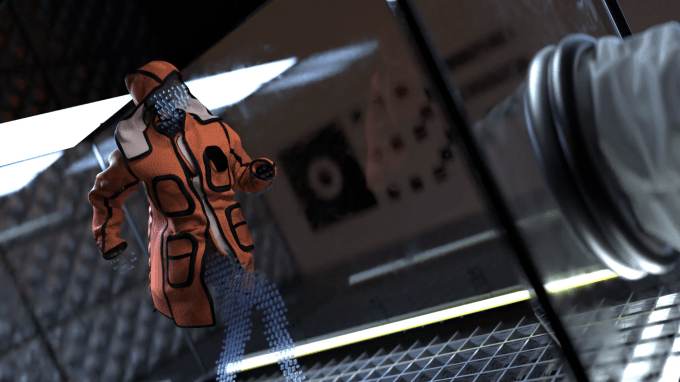
Image Credits: M-XR (opens in a new window)
With the release of Apple’s ARKit and Google’s ARCore in 2017, the augmented reality revolution has already been set in motion. AR became a technology embedded in two billion devices, all through a software update. It is no longer a question of whether AR will be ubiquitous — it is already here, with many practical applications in retail.
As many retailers struggle to survive, it is more urgent than ever to invest in 3D technology that will drive more revenue, engagement and value. Physical distancing measures may be imposed until 2022 and many experts believe we are heading toward the worst recession since the Great Depression. Therefore, retailers must consider the following digital transformation:
1. Narrow down a compelling and measurable use case
Before putting all of your eggs in one basket, understand the categories of products that will perform much better in 3D than 2D. Do consumers absolutely need to visualize this product spatially? Will the virtual assets need to interact with the environment or the consumer? Are there technological limitations that would dampen the experience?
2. Digitize your catalog for that use case and create 3D assets
Three-dimensional assets are the cornerstone of any AR experience. Though it may seem like a big upfront investment, these assets will pay in dividends later on. Real-world products can be turned into digital 3D models through photogrammetry, 3D scanning or 3D modeling, but each method has its pros and cons and retailers must balance between quality, scalability and cost.
3. Leverage existing AR platforms to maximize reach
Apple’s ARKit or Google’s ARCore makes it easy to deploy camera-based AR technology. Using Unity’s AR Foundation, developers can create cross-platform AR experiences that leverage both ARKit and ARCore APIs. Facebook’s Spark AR Studio, Snap’s Lens Studio and 8th Wall are also robust AR platforms that allow marketers to develop fun and engaging AR experiences without advanced coding knowledge.
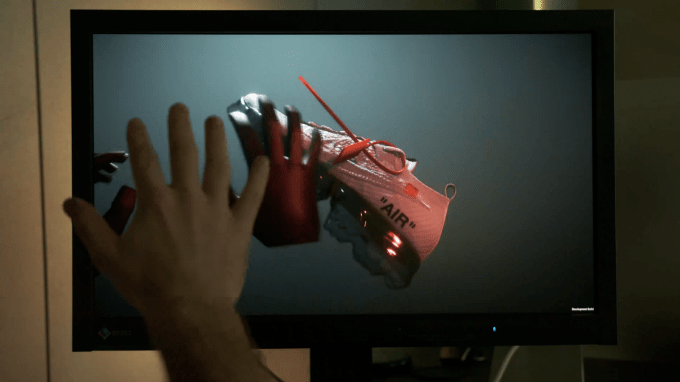
Image Credits: M-XR (opens in a new window)
At Shape Immersive, we believe augmented reality will be the next fundamental platform shift, supplanting the multi-touch interfaces of today. This idea of blending virtual worlds with physical ones opens up an entirely new frontier in which shopping and commerce will be redefined. Having worked with some of the world’s top brands and enterprises since 2015, we have built deep industry knowledge of creating customized AR solutions. 
